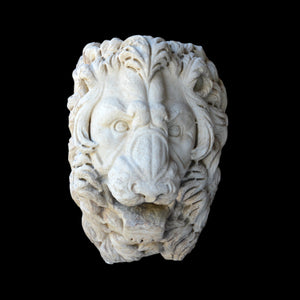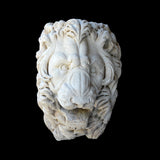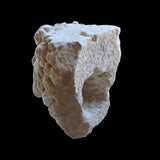Former European private collection, mounted as a fountain in the 18th century or earlier. Private Beverly Hills, California, USA collection; ex-Westreich collection, Rancho Santa Fe, California, USA and previously on display in Chevy Chase, Maryland, USA, acquired on the London art market and imported into the US in 1985
ENQUIRY FORM
╳

Roman
Roman Marble Lion Head Protome
Roman








